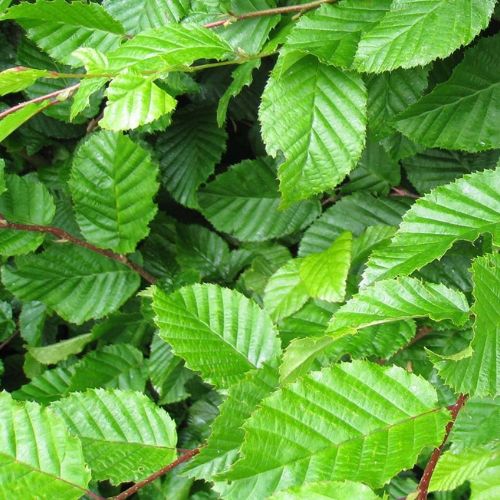Choose the Right Plants for Your Hedging Screens

The charm of a well-designed garden lies not only in its vibrant flowers and lush lawns but also in its ability to provide privacy, structure, and a sense of seclusion. Hedging screens offer an excellent solution to achieve all these aspects in your outdoor space. However, with a wide variety of plant species available, selecting the right plants for your hedging screen can be a daunting task. In this guide, we'll explore some popular plant options, their characteristics, and how to make the perfect choice for your specific needs.
Choose the Plants
Hedera Helix Woerner:
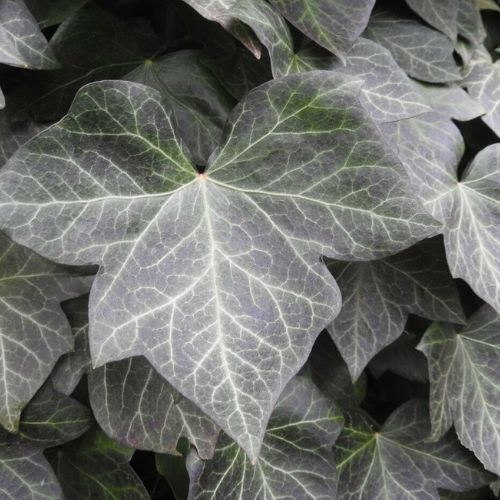
Characteristics: Ivy-like, evergreen foliage with a glossy finish.
Use: Excellent for adding a touch of elegance to your hedging screen.
Trachelospermum Jasminoides (Star Jasmine):
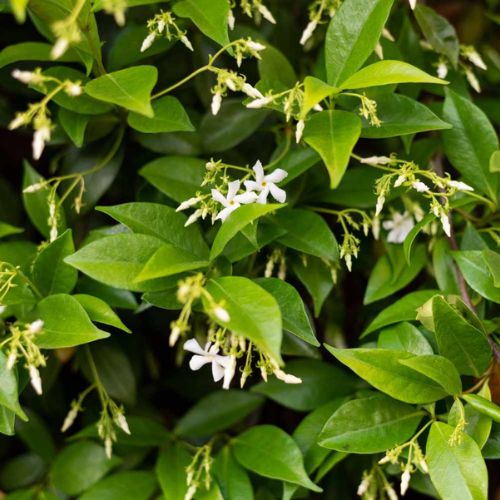
Characteristics: Fragrant, star-shaped white flowers and lush green leaves.
Use: Ideal for creating a beautifully scented, evergreen screen.
Pyracantha Dart's Red:
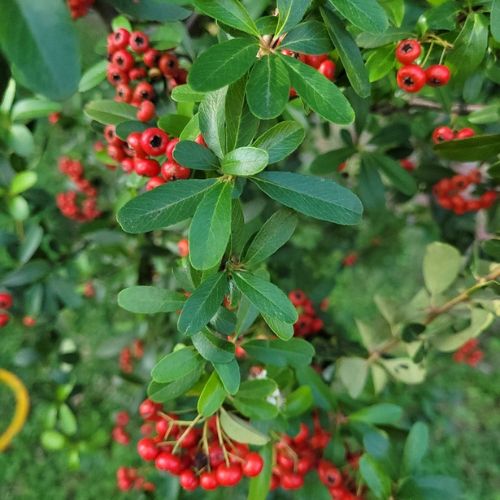
Characteristics: Dense growth, thorny branches, and vibrant red berries in the autumn.
Use: Provides both security and a pop of colour to your hedging screen.
Hedera Hibernica (Irish Ivy):
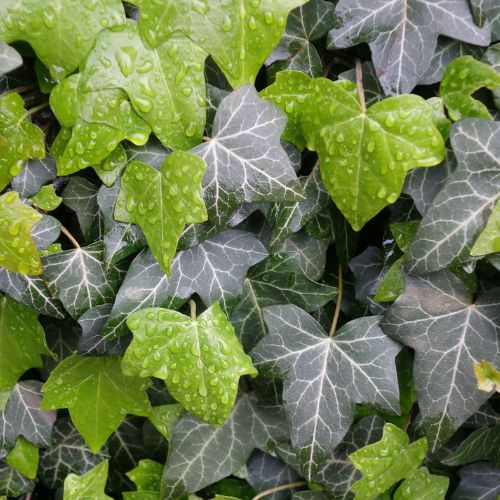
Characteristics: Vigorous climber with dark green, lobed leaves.
Use: Well-suited for creating a lush, dense screen quickly.
Hedera Helix White Ripple:
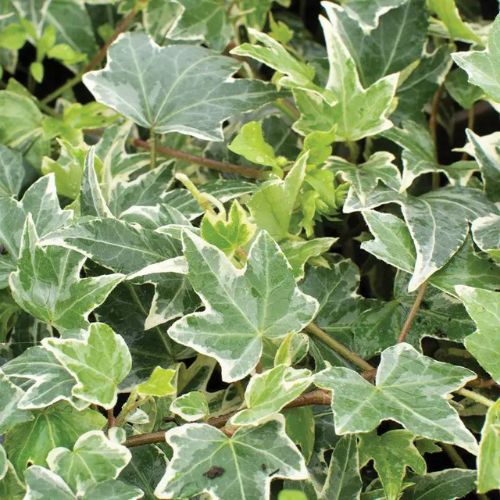
Characteristics: Variegated leaves with creamy-white margins.
Use: Adds a unique aesthetic to your hedge with its distinctive foliage.
Hedera Green Ripple:
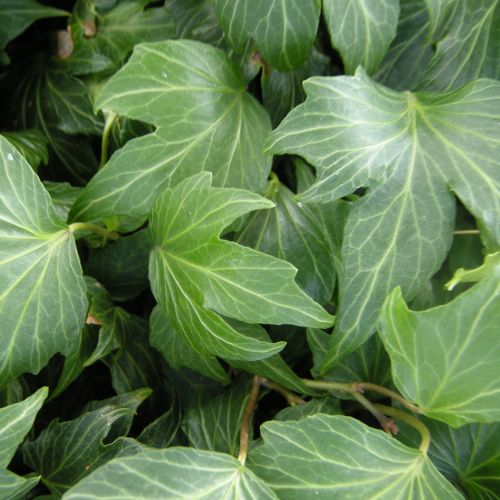
Characteristics: Like White Ripple but with green and cream variations.
Use: Offers a softer, more natural appearance for your hedging.
Hedera Helix Goldchild:
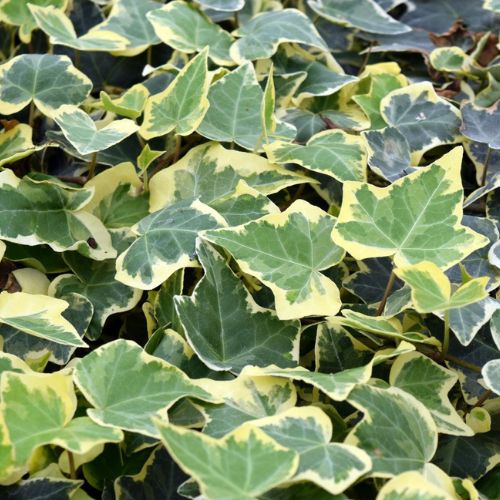
Characteristics: Compact growth with small, deep green leaves with golden margins.
Use: Perfect for a neat and well-maintained hedge.
Hedera Helix Glacier:
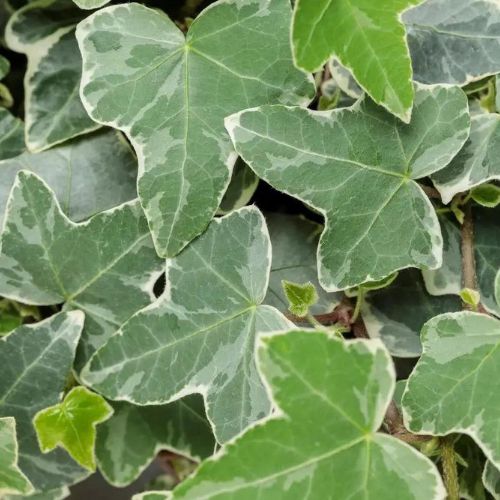
Characteristics: Variegated leaves with silver-grey margins.
Use: Creates a striking visual contrast in your hedging screen.
Euonymus Dart's Blanket:
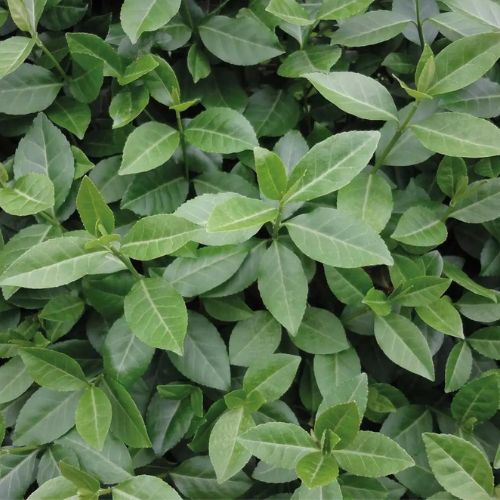
Characteristics: Low-growing, evergreen shrub with green and white variegated leaves.
Use: Ideal for a groundcover effect in your hedging screen.
Elaeagnus Ebbingei:
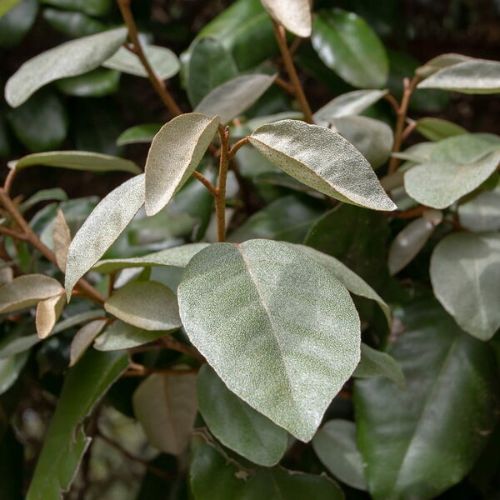
Characteristics: Silvery-grey leaves and fragrant white flowers.
Use: Offers a unique and visually appealing element to your hedging.
Carpinus Betulus (Hornbeam):
Characteristics: Deciduous, dense foliage that turns golden in autumn.
Use: Creates a classic, formal hedge that adds elegance to your garden.
Tips for Choosing the Right Plants:
To make an informed decision, consider the following factors:
Purpose: Determine the primary goal of your hedge, such as privacy, aesthetics, or security.
Maintenance: Assess the level of care and maintenance each plant type requires.
Aesthetics: Consider the visual appeal, colour, and texture you want to achieve.
Growth Rate: Decide on a growth rate that aligns with your patience and needs.
The key to a successful hedging screen lies in thoughtful planning and plant selection. Each of the mentioned plant types offers unique characteristics to meet various preferences and needs. Take the time to evaluate your specific requirements and create a hedge that not only fulfils its functional purpose but also enhances the overall beauty of your outdoor space. With the right plants, you can transform your garden into a private and picturesque haven.


